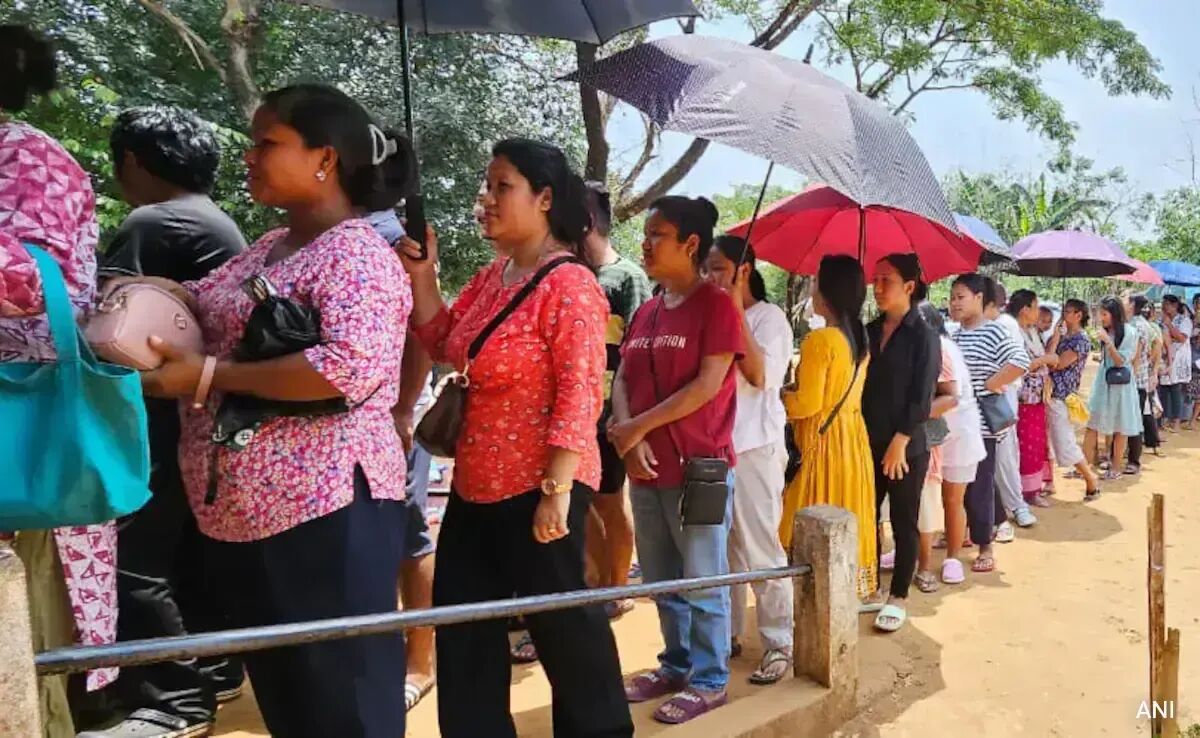Intense Heatwave Poses Significant Challenge for India's Ongoing Election
India's national election, currently in its...
India's national election, currently in its next-to-last phase, is being heavily impacted by a severe heatwave with temperatures soaring up to 45°C (113°F) in various states such as Odisha, West Bengal, and Madhya Pradesh. This extreme heat is forcing major changes in how campaigns and voting processes are conducted.
To combat the heat, political leaders are shifting their campaign activities to early mornings and late evenings. Campaigners are equipped with umbrellas, hats, and ample water supplies to mitigate the risks of heatstroke. Despite these efforts, the extreme weather has led to a noticeable decrease in voter turnout compared to previous elections.
In response, the Election Commission of India has established a task force to address the heatwave's impact, implementing strategies like adjusting voting times and providing necessary amenities such as water and shade at polling sites to ensure voter and official safety.
The heatwave is also affecting voter behavior, especially in rural regions. Research suggests that extreme temperatures can increase voter turnout among farmers, who may support candidates promising agricultural assistance and better climate-related policies due to the adverse effects on their crops and livelihoods.
While some political parties have included climate issues in their platforms, the immediate challenge remains addressing the logistical difficulties and ensuring voter participation despite the harsh weather conditions. As the election moves towards its final phase, the influence of these climate factors on voter decisions remains a critical issue.




